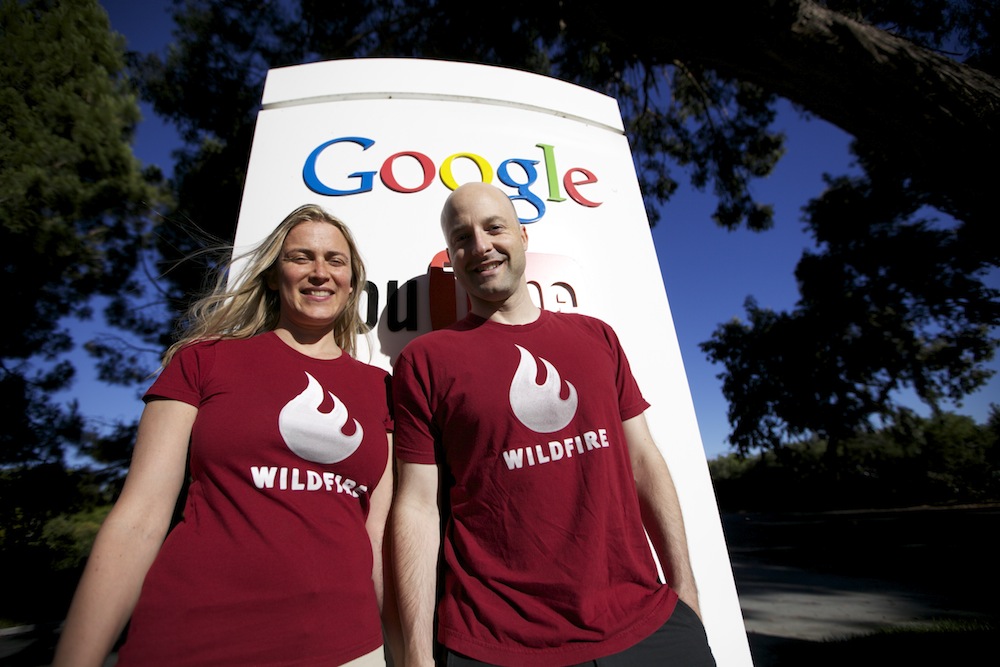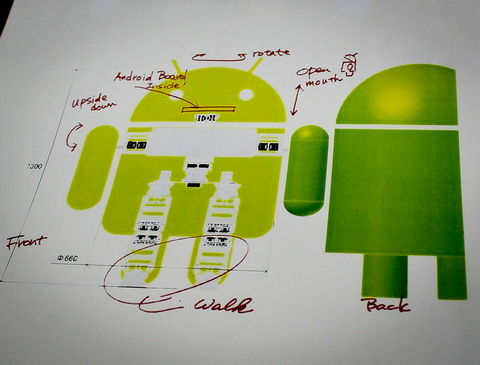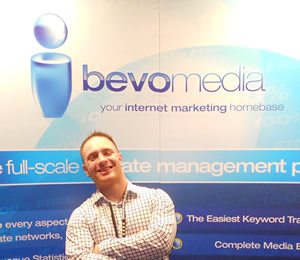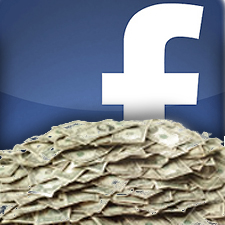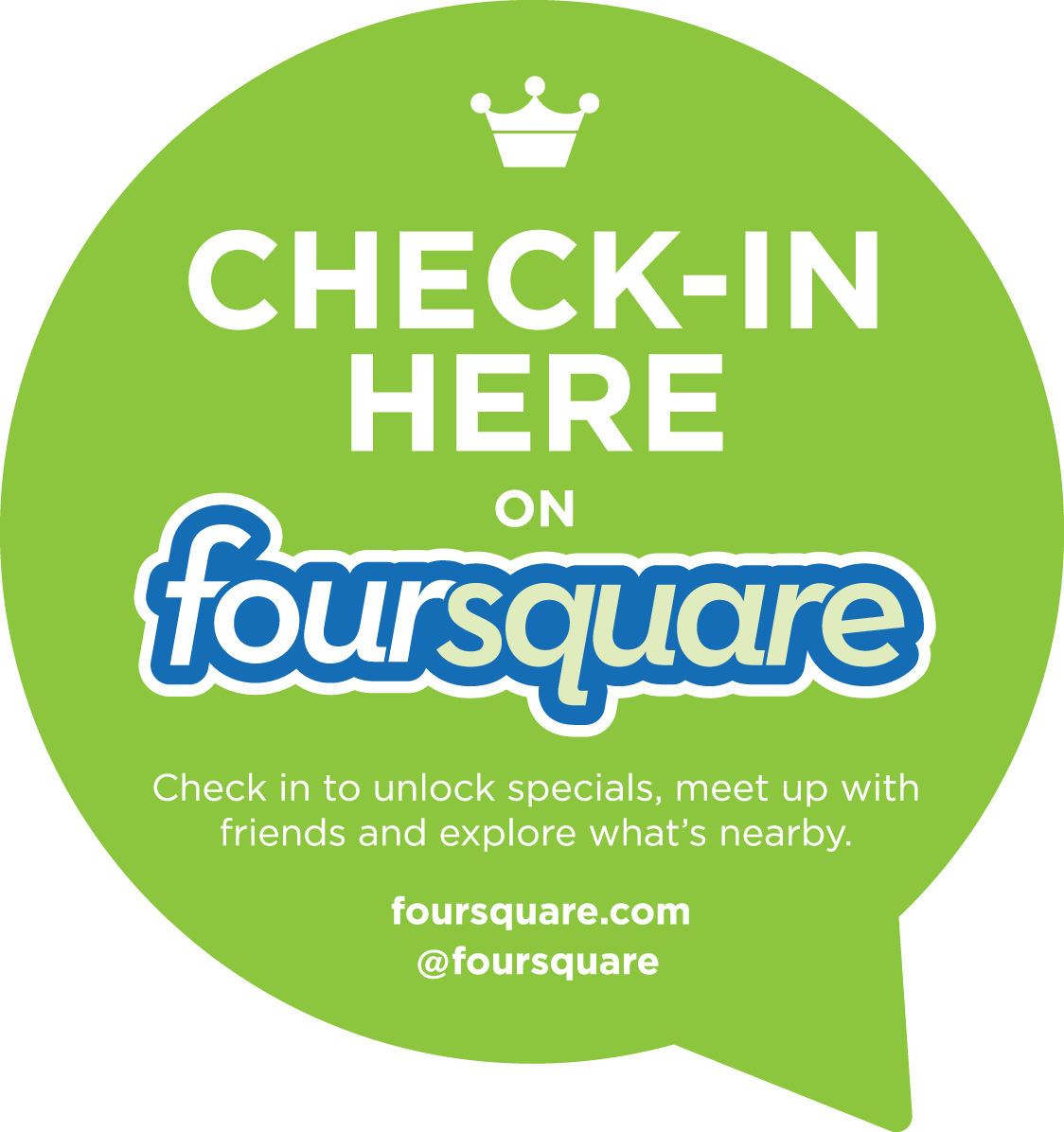I don’t know why I’ve been making Facebook out to be some angelic, internet superhero that could accomplish anything that advertisers need. According to a story by Limited Pressing, a small ecommerce company, Facebook is anything but honest to their advertisers, or at least this one in particular. Apparently, Facebook has not been so clean cut about their advertising methods, and their negotiating skills need a bit of work too. Based on this story, my opinion of Facebook is totally shot, now knowing what they truly do behind the scenes of their bullshit blog posts.
Limited Pressing is a company that was gave Facebook advertising a try, as they thought, with such a popular network, advertising with them would be perfect. The thing is, I don’t think Facebook should have ever been used for advertising. Sure they’ve done well for a lot of their advertising customers, but apparently they have been screwing over others. Limited Pressing started to notice that the amount of clicks they were paying for and the amount of clicks that they could verify were not matching up. After some research, they found that 80% of their clicks that they were charged for were from those who did not have JavaScript enabled.
Usually, the amount of clicks without JavaScript enabled equaled out to around 1-2%, but nowhere near 80%. So, Limited Pressing took further action by installing a page logger that kept track of each time a page was loaded.
What they found was that the astonishing 80% of clicks that couldn’t be accounted for were coming from bots.
A couple months ago, when we were preparing to launch the new Limited Run, we started to experiment with Facebook ads. Unfortunately, while testing their ad system, we noticed some very strange things. Facebook was charging us for clicks, yet we could only verify about 20% of them actually showing up on our site.
At first, we thought it was our analytics service. We tried signing up for a handful of other big name companies, and still, we couldn’t verify more than 15-20% of clicks. So we did what any good developers would do. We built our own analytic software. Here’s what we found: on about 80% of the clicks Facebook was charging us for, JavaScript wasn’t on. And if the person clicking the ad doesn’t have JavaScript, it’s very difficult for an analytics service to verify the click. What’s important here is that in all of our years of experience, only about 1-2% of people coming to us have JavaScript disabled, not 80% like these clicks coming from Facebook.
So we did what any good developers would do. We built a page logger. Any time a page was loaded, we’d keep track of it. You know what we found? The 80% of clicks we were paying for were from bots. That’s correct. Bots were loading pages and driving up our advertising costs.
“Bots were loading pages and driving up our advertising costs.” They stated that they did not blame Facebook, but from another point of view it’s hard to see who else could benefit from clicks that weren’t genuine. Now, it seems hard to believe that Facebook would stoop so damn low, but money can make people do some pretty terrible things.
As I continued to read, thinking I’d heard the worst of what Facebook had done to one of their customers, Limited Pressing continued to explain how Facebook apparently held their name hostage. The company simply wanted to change their name in the advertisements, as the company had changed its name. Facebook was willing to make the name change, as long as the company agreed to $2,000 worth of advertising. How the hell could Facebook expect a company to agree to such an ultimatum when all they were looking for was a slight alteration in their advertisements? “So we did what any good hardcore kids would do. We cursed that piece of shit out! Damn we were so pissed. We still are. This is why we need to delete this page and move away from Facebook.”
I can’t blame them, as I’m sure anyone can’t. If this is the way Facebook does business with loyal advertisers, then they aren’t worth the money. In the words of Limited Pressing, “They’re scumbags and we just don’t have the patience for scumbags.” This kind of thing is hard to ignore, so my advice would be to put Facebook a bit lower on your priority list. There are other platforms that can bring similar results without putting you through any of the struggle that Limited Pressing went through.
If you want to read their full story, you can find it here.
—–
No Bullshit Network? NAM Offers



